I thought bad thing would happen when I ended a line like this. But compiler didn't even complain. Does anybody have an idea, why this is legal in java.
displayDataMap.put("dateInterval", getDateInterval());;
Edit: The reason Eclipse wasn't complaining was because in preference->java->compiler->Errors/Warning I had the Empty statement: as ignore.

